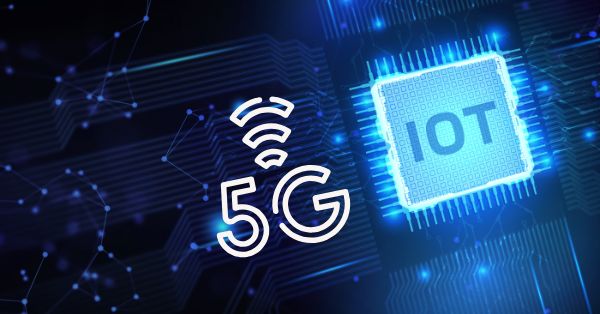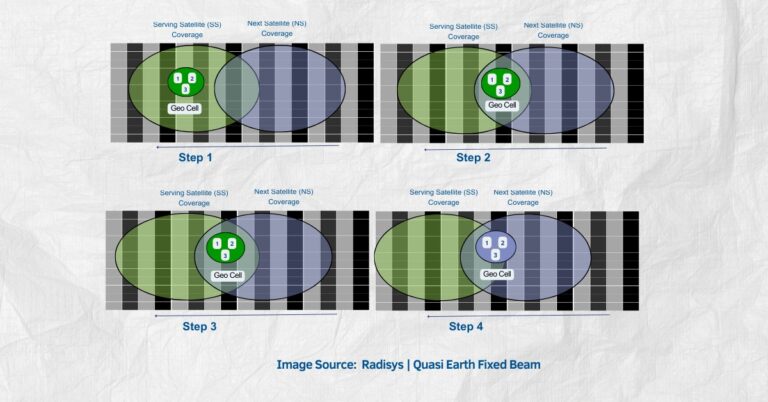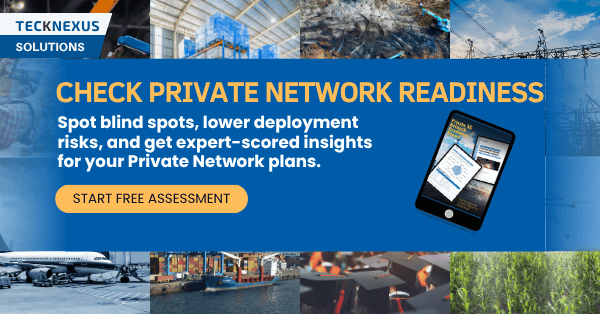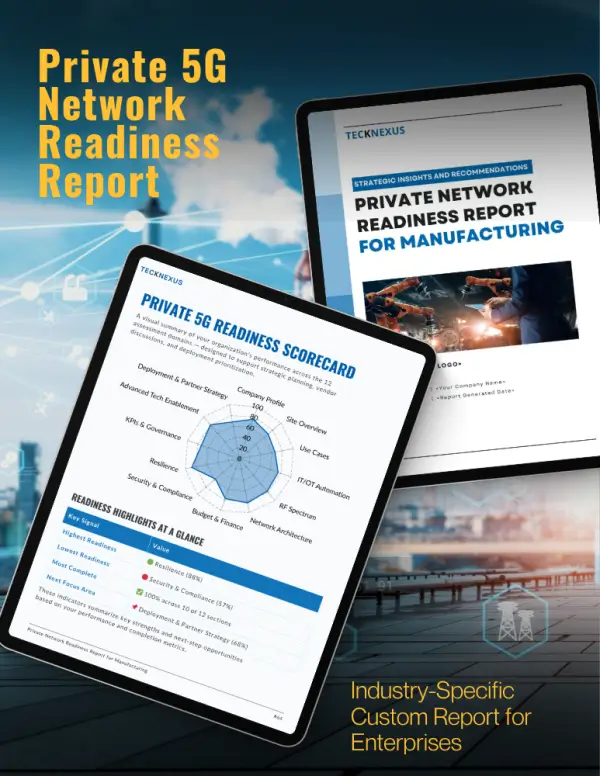AST SpaceMobile has struck a significant deal with Verizon, marking a $100 million commitment to provide direct-to-cellular service to Verizon’s customers. This partnership follows a recent commercialization announcement with AT&T and aims to leverage Verizon’s 850 MHz spectrum to enhance connectivity across the United States.
Expanding U.S. Coverage with AST SpaceMobile and Verizon
AST SpaceMobile’s collaboration with Verizon is designed to extend coverage to 100% of the continental United States. By utilizing Verizon’s 850 MHz spectrum, AST SpaceMobile can deliver robust satellite-to-cell services that reach remote and underserved areas. This agreement positions AST SpaceMobile to cover a substantial portion of the U.S. population, ensuring that even the most isolated regions receive reliable cellular service.
Verizon’s $100M Commitment: Strategic Investments and Financial Details
The $100 million commitment from Verizon includes $65 million in commercial prepayments and $35 million in convertible notes. This substantial investment underscores Verizon’s strategic approach to enhancing its network capabilities. According to Srini Kalapala, Verizon’s Senior Vice President of Technology and Product Development, the agreement with AST SpaceMobile allows Verizon to use its spectrum more effectively by integrating it with AST’s satellite network. This integration is crucial for providing essential connectivity in areas where traditional land-based infrastructure falls short.
Strategic Partnerships Boosting Connectivity: Verizon, AT&T, and Vodafone
AST SpaceMobile’s recent deals with AT&T and Vodafone complement the Verizon agreement. These partnerships collectively aim to offer comprehensive coverage and improved connectivity solutions. With AT&T, AST SpaceMobile has already made significant strides, and the addition of Verizon further solidifies its market presence. These strategic collaborations highlight the importance of satellite technology in bridging connectivity gaps and enhancing overall network performance.
Executive Insights on Verizon and AST SpaceMobile Partnership
Srini Kalapala emphasized the strategic nature of Verizon’s spectrum use, stating, “Verizon has always been strategic and efficient with our spectrum strategy. By entering into this agreement with AST, we will now be able to use our spectrum in conjunction with AST’s satellite network to provide essential connectivity in remote corners of the U.S. where cellular signals are unreachable through traditional land-based infrastructure.”
Abel Avellan, Founder, Chairman, and CEO of AST SpaceMobile, expressed enthusiasm about the partnership, stating, “This new partnership with Verizon will enable AST SpaceMobile to target 100% coverage of the continental United States on premium 850 MHz spectrum with two major U.S. mobile operators in the most valuable wireless market in the world, a transformational commercial milestone. This partnership will enhance cellular connectivity in the United States, essentially eliminating dead zones and empowering remote areas of the country with space-based connectivity.”
Future Connectivity: Implications of Verizon and AST SpaceMobile’s Collaboration
The collaboration between Verizon and AST SpaceMobile is not just about enhancing current connectivity but also about paving the way for future advancements in the telecommunications industry. By integrating satellite technology with terrestrial networks, these partnerships are setting a new standard for comprehensive and reliable connectivity. This approach ensures that consumers and businesses alike benefit from seamless communication, regardless of their location.
Satellite Technology: Bridging Connectivity Gaps in Modern Networks
Satellite-to-cell technology is becoming increasingly important in addressing the limitations of traditional cellular networks. AST SpaceMobile’s business model focuses on partnering with Mobile Network Operators (MNOs) to deliver satellite direct-to-cell services using the partners’ spectrum. This approach is particularly effective in reaching areas that are difficult to serve with conventional infrastructure.
The recent agreements with AT&T, Vodafone, and now Verizon, reflect a broader industry trend towards integrating satellite and terrestrial networks. This integration is crucial for achieving ubiquitous coverage and providing high-quality connectivity solutions. By leveraging satellite technology, carriers can overcome geographical challenges and ensure that even the most remote locations are connected.
AST SpaceMobile’s Future: Expanding Satellite-to-Cell Connectivity
AST SpaceMobile is poised to continue its expansion and innovation in the satellite-to-cell market. The company’s partnerships with major carriers like Verizon and AT&T are key to its strategy of providing comprehensive coverage and high-quality services. As AST SpaceMobile moves forward, it will continue to play a pivotal role in shaping the future of connectivity, making it possible for everyone to stay connected, no matter where they are.
In summary, Verizon’s $100 million commitment to AST SpaceMobile marks a significant milestone in the evolution of satellite-to-cell technology. This partnership not only enhances Verizon’s service capabilities but also demonstrates the growing importance of satellite technology in the telecommunications landscape. With the combined efforts of AST SpaceMobile and its partners, the future of connectivity looks promising, with the potential to eliminate dead zones and provide reliable service across the United States.
























